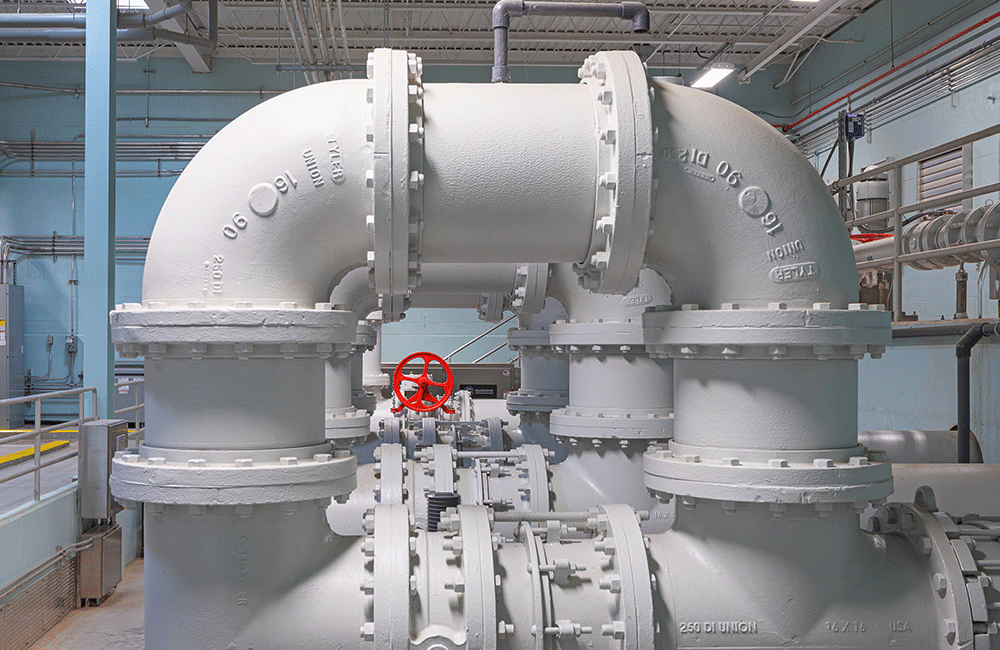The oil and gas midstream industry often relies heavily on a disciplined front-end loading process to achieve predictable project success. Upfront planning considerations are essential to cost-effective and efficient LNG project delivery. The goal is to develop a detailed, thorough plan at the start and execute it once, with minimal changes.
Early integration of design, engineering, construction and operations teams is essential. At the core of the midstream approach is the ability to keep operability, constructability and safety in mind throughout the design process. This helps discern key factors in every project phase and minimizes costly design changes later in project development. Early collaboration also allows for those most experienced with LNG projects to identify the critical elements that need the greatest project focus. Input on the design from construction teams also supports modularization, keeping more work in the shop rather than in the field. This improves safety and cuts costs.
It is also important to establish a clear understanding of the project scope right from the start. The team should narrow in on the project details so that there is a seamless process when the design is released for engineering and equipment purchasing. Each time that process is interrupted or rerouted, there are cost, time and safety repercussions. Additionally, the early phases of an LNG project should include a technology assessment to select the right process flow, remove contaminants, and liquefy, store, transport and vaporize in ways that meet economic and operability objectives.
Once the project planning, scope and schedule have been developed, teams should identify the elements that require equipment or a technology provider. LNG facilities often count on suppliers that sell standardized processes, whether they are equipment manufacturers or technology providers. Upfront decisions on these long-lead items minimize changes later and identify when funding will need to be released. Constant coordination and dialogue around funding is common for the midstream world and should be considered when delivering a small-scale LNG facility.
These considerations directly impact the speed to market. With an EPC delivery, there is time dedicated to collaborating on the project design and minimizing delays or unforeseen risks down the line. This approach also provides time to identify redundancies that can be streamlined, freeing up money and time to focus on what is critical to operation.




